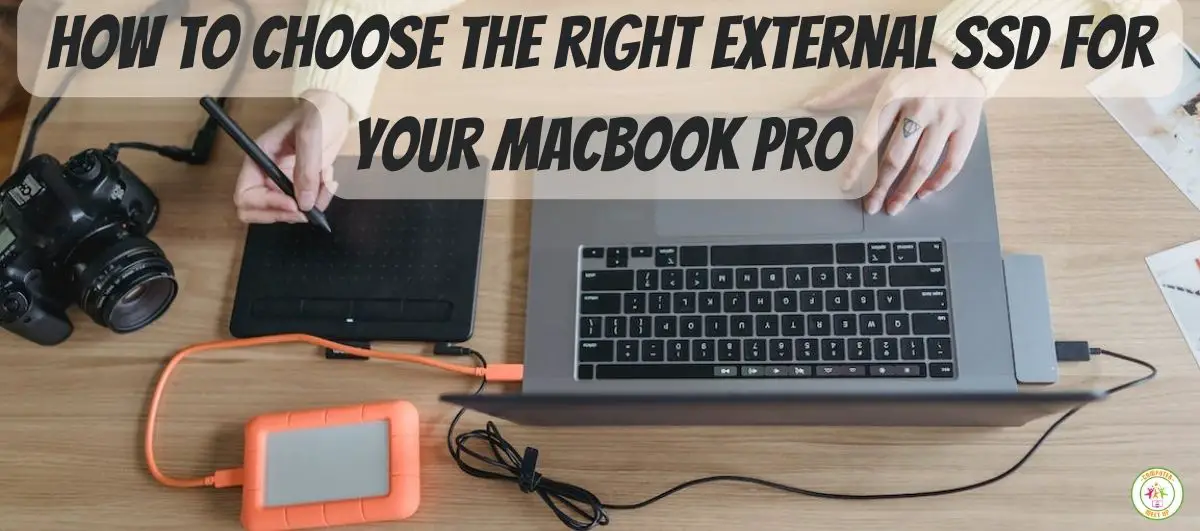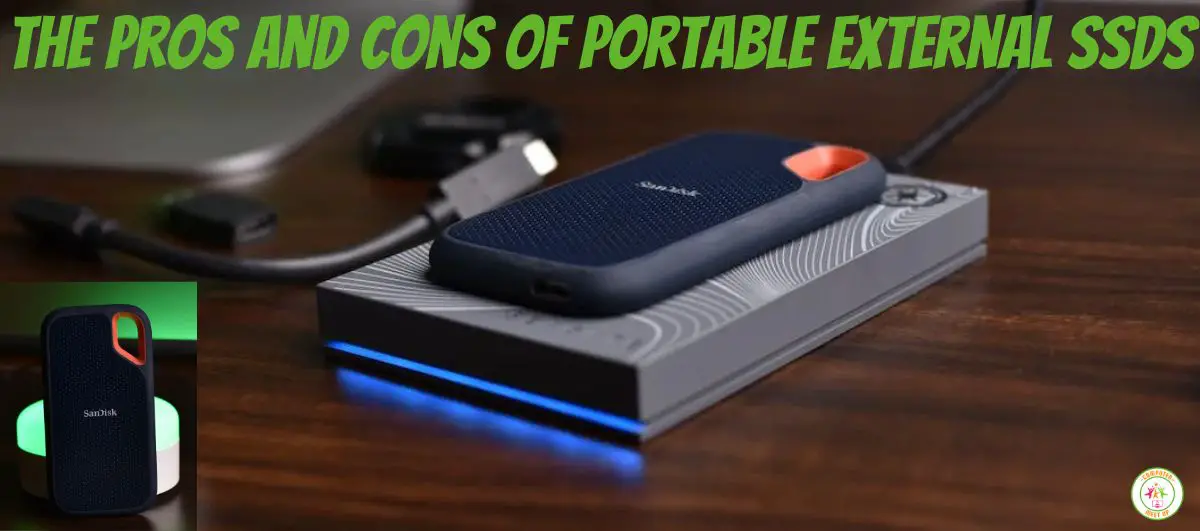In today’s digital age, where data is being generated at an unprecedented rate, having sufficient storage space is essential. Whether you’re a creative professional, a gamer, or an everyday user, the need for additional storage to accommodate large files, games, or backups has become increasingly important. This is where external solid-state drives (SSDs) come into the picture. With their compact size, blazing-fast speeds, and reliable performance, external SSDs have become a popular choice for expanding storage capacity.
In this comprehensive guide, we will delve into the world of external SSDs and focus specifically on their capacity options. We will explore the various capacities available in the market, discuss their advantages and limitations, and help you make an informed decision when choosing an external SSD. So, let’s dive in and discover the perfect storage solution for your needs!
256GB External SSDs
When it comes to external SSDs, the 256GB capacity option offers a balance between affordability and storage space. With this capacity, you can store a decent amount of documents, photos, and videos without breaking the bank. Whether you need a portable storage solution for work or entertainment purposes, a 256GB external SSD can be a reliable companion. In terms of performance, it provides faster data transfer speeds compared to traditional hard drives, allowing you to access your files swiftly.
512GB External SSDs
The 512GB capacity option takes the storage capabilities a step further, providing you with double the storage space compared to the previous option. This capacity is suitable for individuals who require a bit more room for their files, such as photographers, video editors, and content creators. With 512GB, you can store larger media files, software applications, and even some games. The speed and performance of a 512GB external SSD remain impressive, ensuring that you can access and work on your files without any significant delays.
1TB External SSDs
If you find yourself constantly running out of storage space or dealing with large file sizes, a 1TB external SSD might be the perfect solution for you. With a terabyte of storage, you can store an extensive collection of high-resolution photos, videos, and multimedia content. It’s an ideal choice for professionals who work with large datasets, such as videographers, graphic designers, and architects. The 1TB external SSD offers excellent performance, allowing you to transfer and access your files rapidly.
2TB External SSDs
The 2TB external SSDs cater to individuals with even greater storage needs. Whether you’re a data hoarder, a gamer with a vast library, or someone who deals with massive video projects, the 2TB capacity option provides ample space for your files. You won’t have to worry about running out of storage anytime soon. Additionally, the performance of a 2TB external SSD remains exceptional, enabling quick file transfers and seamless multitasking.
4TB External SSDs
For those who require an enormous amount of storage capacity, the 4TB external SSDs are a game-changer. With this much space at your disposal, you can store an extensive media library, multiple large software applications, and perform data-intensive tasks without facing storage limitations. 4TB external SSDs are particularly suitable for professional content creators, video production studios, and businesses that deal with vast amounts of data. Despite the massive storage size, these SSDs maintain impressive speed and performance.
8TB External SSDs
The 8TB external SSDs are the behemoths of storage capacity, offering an unprecedented amount of space for your files. These drives are specifically designed for professionals who work with massive datasets, such as architects, engineers, and data analysts. Additionally, they can be a viable solution for individuals who need to back up extensive server data or maintain large-scale media libraries. Although the price point is higher, the performance and reliability of 8TB external SSDs make them a worthy investment for those who require ultimate storage capabilities.
Choosing the Right Capacity
Selecting the right capacity for your external SSD depends on several factors. The primary consideration is your specific storage needs. Determine the type and volume of files you typically work with and estimate how much space you require to accommodate your data comfortably. It’s always a good idea to choose a capacity that allows for future growth and prevents the need for frequent upgrades.
Factors to Consider
When choosing an external SSD capacity, it’s crucial to consider factors beyond sheer storage size. Look for SSDs that offer high data transfer speeds, durability, and compatibility with your devices. Also, consider the physical dimensions, weight, and overall portability of the drive if you plan on carrying it with you frequently. Reading reviews and comparing different brands and models can help you make an informed decision based on your specific requirements.
Frequently Asked Questions
- Q: Can I upgrade the capacity of my external SSD in the future? A: No, external SSDs typically have fixed storage capacities that cannot be upgraded.
- Q: Is it better to have a larger capacity SSD or multiple smaller ones? A: It depends on your usage. Having a larger capacity SSD offers convenience and simplicity, while multiple smaller SSDs provide flexibility and redundancy.
- Q: Are external SSDs compatible with both Windows and macOS? A: Yes, most external SSDs are compatible with both operating systems. However, it’s essential to check the specifications of the SSD to ensure compatibility.
- Q: Can I use an external SSD to run games directly from it? A: Yes, you can install and run games from an external SSD, provided it meets the system requirements of the game and your computer.
- Q: Can I connect an external SSD to a gaming console? A: It depends on the console. Some gaming consoles support external storage devices, including SSDs, for expanded storage.
- Q: Do external SSDs require any additional power source? A: No, most external SSDs draw power directly from the connected device via the USB port, eliminating the need for an external power source.
- Q: Can I password-protect or encrypt the data on my external SSD? A: Yes, many external SSDs offer built-in encryption and password-protection features to secure your data.
- Q: What is the lifespan of an external SSD? A: External SSDs generally have a long lifespan, depending on factors like usage patterns, quality of the drive, and environmental conditions.
- Q: Can I use an external SSD as a bootable drive? A: Yes, you can set up an external SSD as a bootable drive for faster system startup and improved performance.
- Q: Are external SSDs more reliable than traditional hard drives? A: Yes, external SSDs are generally more reliable than traditional hard drives due to their lack of moving parts, which reduces the risk of mechanical failures.
Conclusion
Choosing the right capacity for your external SSD is crucial to ensure that you have sufficient storage space for your files and applications. Consider your specific storage needs, performance requirements, and future scalability when making a decision. Whether you opt for a compact 256GB SSD or go for the expansive 8TB option, external SSDs offer fast, reliable, and portable storage solutions for all types of users. Upgrade your storage capacity and enjoy seamless access to your files with the power of external SSDs.


